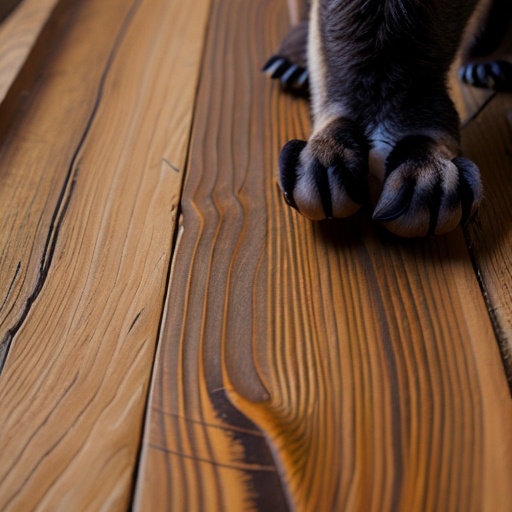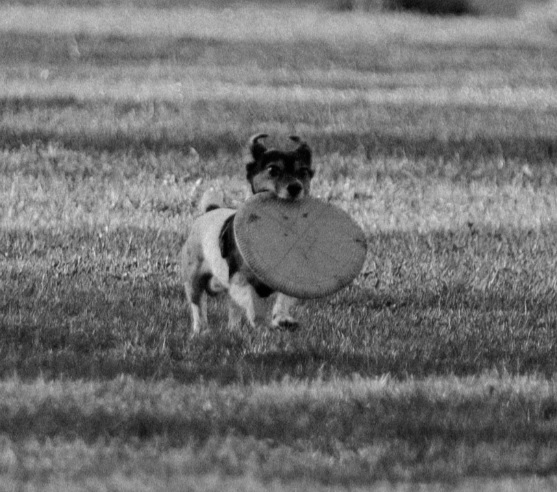Dog Broken Nail: Causes, Treatment, and Prevention
Broken nails in dogs are an all too familiar problem that may cause discomfort and complications for pet parents alike. Understanding its causes, appropriate treatments and prevention measures is critical in providing care to our furry companions. We will cover every aspect of a broken nail problem in dogs from its causes to treatment plans and possible preventive measures in this comprehensive guide.
Before diving deep into a broken nail situation, it is vital that one has an in-depth knowledge of a dog’s nail structure. Dogs possess unique nail structures which vary significantly from those seen in humans or other animals – their claw-shaped nails contain hard outer shells known as claws that cover sensitive and fragile tissues called quicks containing blood vessels and nerve endings making these parts particularly sensitive.
Many factors can contribute to a dog breaking its nails and needless pain and injury can occur as a result. Understanding these causes will enable pet parents to take preventative steps against this possibility and minimize its occurrence. Common factors leading to broken nails in dogs include:
Traumatic or Accidental Damage: Dogs may sustain physical trauma to their nails due to objects hitting against them, excessive scratching, or getting their paws caught up in tight spaces where their paws get caught between their pads or being stuck by other creatures. This causes traumatization that breaks the nails.
Overgrown Nails: If a dog’s nails are left to grow untrimmed on a regular basis, they become overgrown and more vulnerable to breaking or splitting than previously anticipated. This requires regular nail trimming.
Rough or Abrasive Surfaces: Running or walking your pup on uneven surfaces such as concrete or gravel may lead to wear-and-tear on his/her nails and, potentially, to breaking.
Nail Trimming Errors: Poor nail trimming techniques such as shortening nails too quickly or at an incorrect angle can result in nail fractures.
Underlying Medical Conditions: Certain health issues, such as nutritional deficiencies, hormonal imbalances or fungal infections can weaken a dog’s nails and increase its susceptibility to breaking.
Spotting broken nails on your dog early and immediately can save it from further complications. While symptoms will depend on its severity, some common indicators might include:
Limping or Lameness: Dogs suffering from broken nails may display symptoms like limping or avoidance when placing weight on their affected paw.
Pain or Discomfort: Dogs with broken nails may show signs of discomfort when their affected nail is touched or adjusted by people or animals.
Bleeding: Sometimes when nails break they may bleed from their quicks. This often leaves visible bloodstains on or around the nail itself as well as visible bloodstains in its immediate environment.
Swelling or Inflammation: Swelling or reddening around the nail bed could indicate broken nails.
As soon as your dog suffers a broken nail, taking immediate first aid measures may ease his or her suffering and avoid additional complications. Here’s a breakdown of initial care steps:
Remain Calm: Canines can easily pick up on emotional signals coming from their owners, making it important for you to remain calm during this process.
Restrained Your Dog: To minimize accidental bites or further injury to your pup, gently restrain or use a muzzle on them if they appear distressed or anxious. This should help avoid unnecessary incidents of biting.
Examine the Damage: Inspect the broken nail and surrounding area closely to asses its severity and look out for signs of bleeding, infection or inflammation.
Control Bleeding: To manage nail bleeding, gently press on it using clean cloth or gauze until bleeding stops. Styptic powder or pencil may help coagulate blood that remains.
Clean the Wound: For maximum effectiveness in combatting infection risks and keeping wounds free of contamination, utilize an antiseptic solution with mild antimicrobial qualities for cleaning the affected area and protecting itself against potential infections.
Bandage the Nail: Depending on the extent of damage to your nail, you may require wrapping it with an antimicrobial bandage to safeguard it and stop further complications from occurring.
While first aid may provide temporary relief, for proper diagnosis and treatment it is vitally important that veterinary attention be sought as soon as possible. A veterinarian will evaluate the severity of an injury before providing appropriate interventions – possible treatments include:
Nail Trimming or Removal: When nails have partially broken off due to severe injury or require extraction altogether, veterinarians often recommend trimming it or extracting all at once under general anesthesia. In such instances, trimming will remove only damaged portions while extracting would remove everything related to it altogether.
Pain Management: Dogs suffering from broken nails often experience significant pain. Their veterinarian may recommend pain relief medication or recommend other suitable approaches in order to ensure maximum comfort throughout the healing process.
Antibiotics and Anti-Inflammatory Medications: If an injured nail has an accompanying infection or inflammation, a vet may prescribe antibiotics or anti-inflammatory medicines to limit further complications.
E-collar or Protective Boot: In order to safeguard against further injuries caused by broken nails and wound licking, veterinarians often suggest the use of either an Elizabethan collar or protective boot as preventative measures for dogs with broken nails or wounds.
Post-Treatment Care and Monitoring: After receiving veterinary intervention, it’s vitally important to follow any recommended post-treatment care instructions, which could include keeping the area clean, administering prescribed medications as directed and closely monitoring for signs of infection or worsening of condition.
Preventative measures can lower your pet’s risk of broken nail considerably. Use these strategies to safeguard their nails:
Regular Nail Trimming: Trim your dog’s nails regularly to maintain an ideal length and ensure proper trimming techniques and tools are being utilized or seek professional grooming assistance if required.
Diet and Nutrition: Provide your dog with a nutritional diet designed to support healthy nail growth and overall well-being, consulting your veterinarian as needed in order to meet all their dietary requirements.
Paw Protection: For pets that often walk or run on rough or abrasive surfaces, protective booties can help minimise wear and tear on their nails and improve longevity of life.
Environmental Safety: Make sure the environment in which your dog lives is free from potential dangers that could cause nail breakage, such as sharp objects or tight spaces.
Schedule Regular Veterinary Checkups: Set an appointment with your veterinarian regularly in order to monitor and address any underlying medical conditions which might impact nail health in your dog.
Cracked nails can be agonizing for dogs, necessitating immediate attention from owners. Understanding their causes, providing timely first aid treatment and seeking veterinary help when necessary – in conjunction with taking preventative steps – are all ways of assuring the wellbeing of their furry friend while decreasing risks related to nail injuries. As soon as any signs of discomfort surface for your pup or suspect a possible broken nail condition or discomfort occur in his or her wellbeing – be sure to visit your veterinarian promptly so they can diagnose and treat their problem efficiently!


